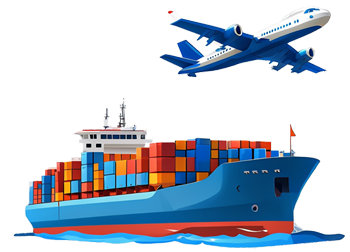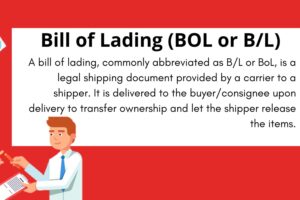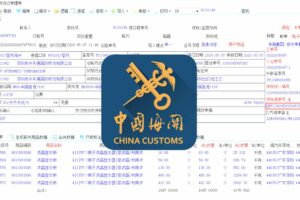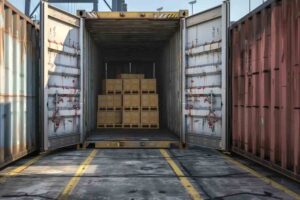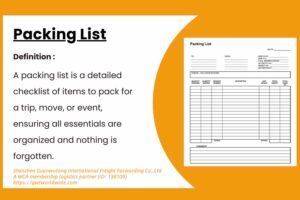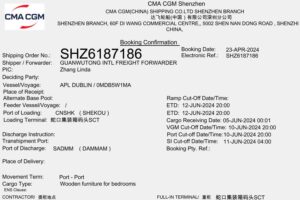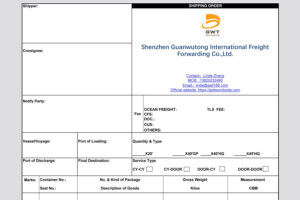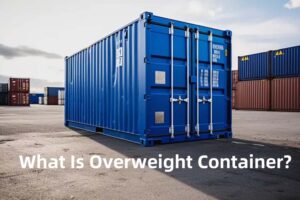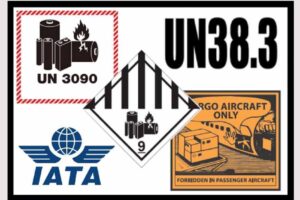The Material Safety Data Sheet (MSDS), also known as Safety Data Sheet (SDS), is a critical document that provides detailed information about the properties, handling, storage, and emergency measures of a specific substance or product. When it comes to shipping lithium batteries, which are classified as dangerous goods, an MSDS report is a mandatory requirement, whether the shipment is by sea or air. However, the specifications and requirements for these two modes of transport can differ significantly. In this article, we’ll explore the key differences between MSDS reports for lithium battery sea shipments and air shipments.
MSDS for Lithium Battery Sea Shipment
Sea shipment is governed by the International Maritime Dangerous Goods (IMDG) Code, which sets out the regulations for the safe transport of dangerous goods by sea. The MSDS for lithium battery sea shipments should contain the following information:
- Identification: Details about the product and manufacturer, including the product name, manufacturer’s name, address, and emergency contact information.
- Hazard(s) Identification: Information about the physical and health hazards associated with the lithium battery.
- Composition/Information on Ingredients: This section includes information on the materials used in the battery’s construction.
- First-Aid Measures: Instructions on the first-aid procedures in case of accidental exposure or ingestion.
- Fire-Fighting Measures: Guidance on suitable extinguishing methods and protective equipment for firefighters.
- Accidental Release Measures: Steps to be taken in case of a spill or leak.
- Handling and Storage: Recommendations for safe handling and storage conditions to prevent accidents.
- Exposure Controls/Personal Protection: Information on appropriate personal protective equipment (PPE) and exposure limits.
- Physical and Chemical Properties: Details about the battery’s physical state, color, odor, pH, flash point, etc.
- Stability and Reactivity: Information on the battery’s stability and possible hazardous reactions.
- Toxicological Information: Data on the health effects of exposure to the battery’s materials.
- Ecological Information: Details about the battery’s impact on the environment.
- Disposal Considerations: Recommendations for the appropriate disposal of the battery.
- Transport Information: This section should note that the battery is classified as Class 9 Miscellaneous Dangerous Goods under the IMDG Code, and it should include the UN number (UN3480 for lithium-ion batteries, UN3090 for lithium metal batteries), packing group, and proper shipping name.
- Regulatory Information: Information on the regulations that apply to the battery.
- Other Information: Any other relevant information not covered in the previous sections.
MSDS for Lithium Battery Air Shipment
Air shipment of lithium batteries is regulated by the International Air Transport Association (IATA) Dangerous Goods Regulations. While the basic structure of the MSDS is similar to that for sea shipment, there are some additional requirements for air transport:
- Transport Information: In addition to the UN number and proper shipping name, this section should also include information on packing instructions (PI965-PI970), quantity limitations, and any necessary packaging requirements or restrictions for air transport.
- Special Precautions for User: This section should highlight any special precautions necessary for air transport, such as the requirement to protect against short circuits and to keep the batteries at a state of charge not exceeding 30% for lithium-ion batteries.
- Lithium Battery Handling Label: The MSDS should note the requirement for packages containing lithium batteries to be marked with a lithium battery handling label.
- Emergency Procedures: Given the potential for lithium batteries to cause fires that are difficult to extinguish, the MSDS should include specific emergency procedures for incidents during air transport.
In conclusion, while MSDS reports for both sea and air shipments of lithium batteries share a common goal of ensuring safety, the specific requirements can differ based on the unique risks associated with each mode of transport. Understanding these differences is crucial for shippers to ensure compliance with international regulations and to protect the safety of all involved in the transport process.

